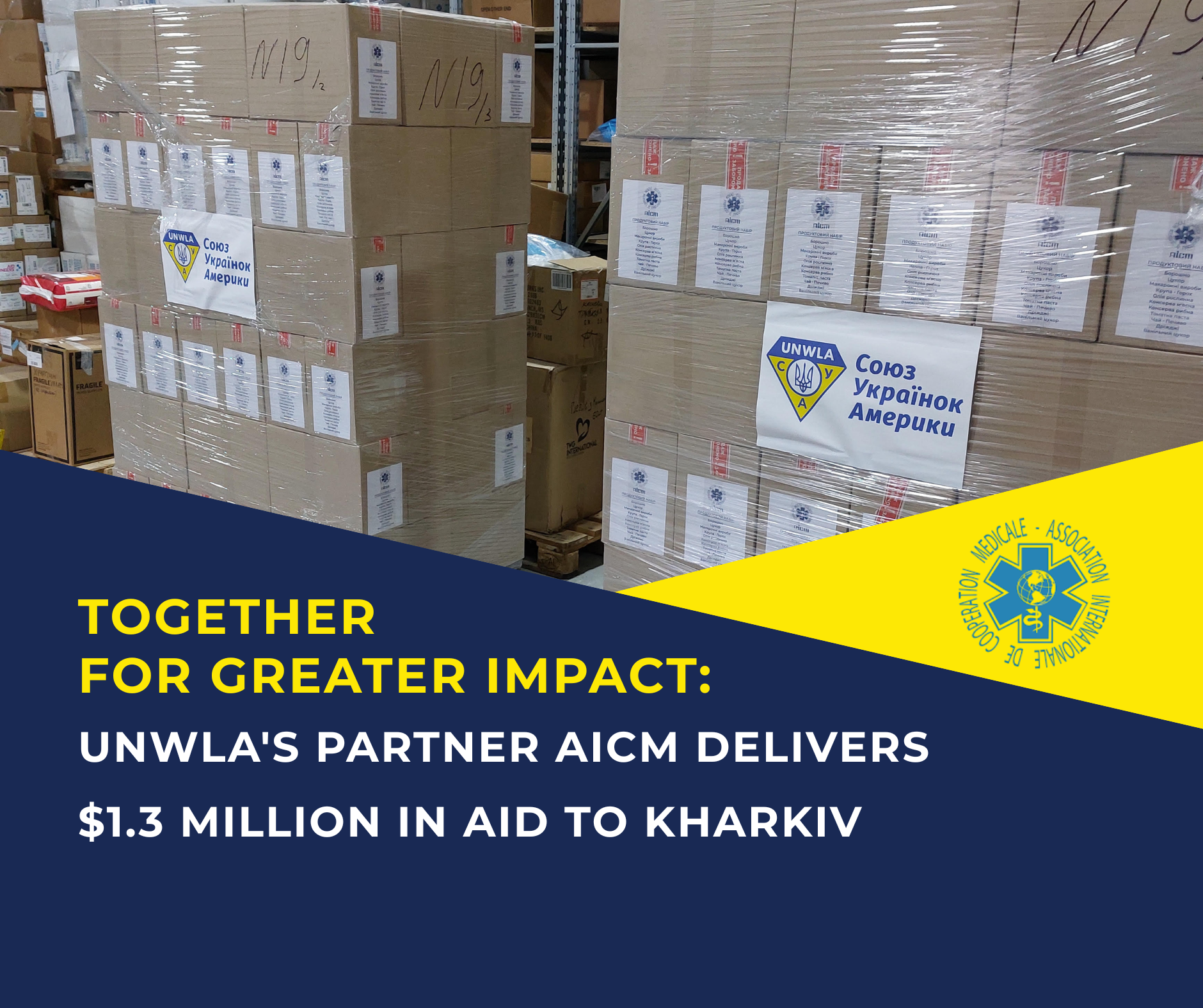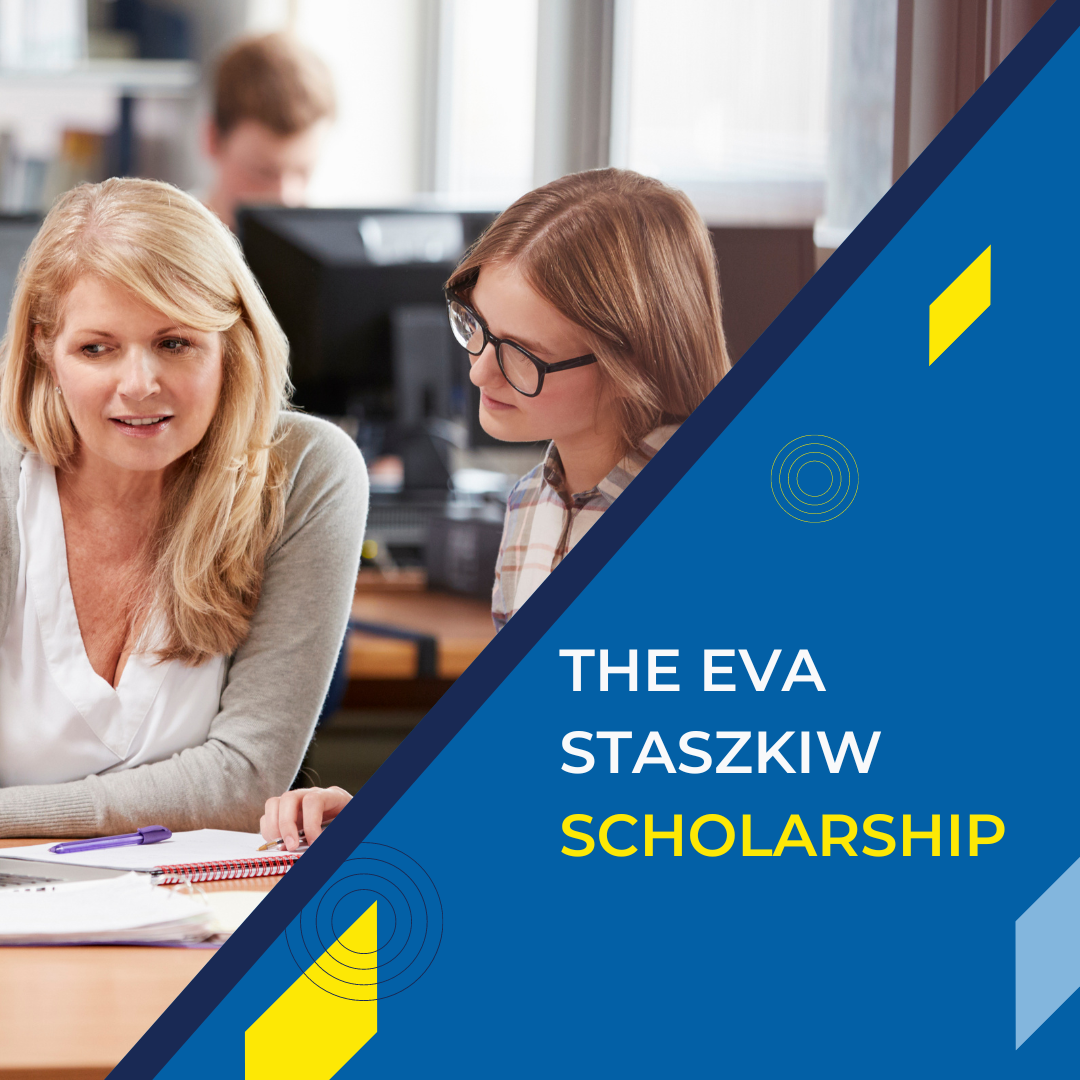Клацніть тут, що прочитати українською
In 1932, the UNWLA, itself a newly formed organization, decided to undertake an ambitious project: an exhibit at a world’s fair. And with that ambitious plan in mind, they reached out to Ukrainske Narodne Mystetstvo a women’s folk art cooperative in Lviv, to purchase a collection of 800 items at the staggering sum of $2225. These ethnographic items would form the basis for an exhibit in the Ukrainian Pavilion of the Chicago World’s Fair of 1933.
Ninety years later, the Ukrainian Museum collection spans the range from folk art to fine art and serves as Ukraine’s cultural ambassador in one of the world’s art capitals. The carefully crafted and meticulously presented exhibits over the decades built the reputation of the Ukrainian Museum as being one of the finest museums created by an ethnic community. The Ukrainian Museum opened on October 3, 1976, at the initiative of and with funds largely raised by the UNWLA.
NEW YORK – On June 5, 2022, several hundred guests gathered at the Water Club to celebrate the 45th anniversary of the Ukrainian Museum, pay tribute to outgoing director Maria Shust and welcome incoming director Petro Doroshenko. Among the honored guests at the event were His Eminence Metropolitan Archbishop Borys Gudziak, Consul General of Ukraine in New York Oleksiy Holubov, and Ambassador Extraordinary and Plenipotentiary, Permanent Representative of Ukraine to the United Nations Serhiy Kyslytsia.
During her comments, UNWLA President, Natalia Pawlenko, remarked on the fortuitous intertwining of the UNWLA’s organization mission – to preserve and promote Ukrainian culture and education – with that of long-time director Maria Shust’s personal mission. From a small collection of ethnographic materials the Ukrainian Museum grew tremendously under her tutelage. Today, the Ukrainian Museum houses an exceptional collection of more than 8,000 objects of folk art, including folk costumes, carpets, ceramics, wood, and metal products; about 3,000 works of fine art, including painting, sculpture and work on paper. The museum has an archive of more than 3,000 photographs, documents, letters, maps, and posters dating back to the 1800s. An overview of the exhibits between 2002-20 can be viewed on the Museum’s YouTube channel.
Bishop Borys Gudziak noted the extraordinary place of the Ukrainian Museum in preserving the cultural heritage, identity, and unity of the Ukrainian community. Consul General of Ukraine in New York Oleksiy Holubov read a letter of congratulations on the 45th anniversary of the Ambassador of Ukraine to the United States Oksana Makarova. He mentioned that the Embassy plans to deepen cooperation with the Ukrainian Museum. Ambassador Extraordinary and Plenipotentiary, Permanent Representative of Ukraine to the United Nations Serhiy Kyslytsia pointed out that today in times of war and Russia’s threat to Ukrainian sovereignty, it is especially important to support Ukrainian culture as part of Ukrainian identity.
Adrian Hewryk, a Ukrainian Museum Board of Trustees member, spoke about Maria Shust’s contributions to the Museum and expressed gratitude on behalf of the entirety of the Ukrainian community. This was followed by a heartfelt speech by Maria Shust who observed that from the moment she became director in 1976, she was acutely aware of the responsibility and importance of the museum’s mission in preserving and presenting Ukrainian culture and artistic heritage in America. Maria Shust thanked everyone who supported her work and the museum all these years and wished success to the new director.
Incoming Museum Petro Doroshenko thanked everyone for their trust in him and outlined some of his plans for the Ukrainian Museum in the coming years. He called on all those present to continue and amplify their support of the Ukrainian Museum.

UNWLA President Natalie Pawlenko with Maria Shust, Ukrainian Museum’s Director, 1976-2022






